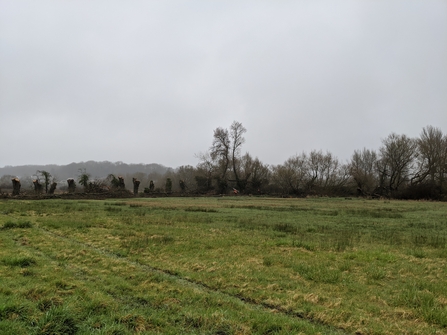At the start of 2020, I was really looking forward to the spring and summer ‘survey season’, and in particular, the opportunity to visit our newest nature reserve, Bridewell Common.
I was eager to see how it would evolve through its first full year in our ownership, and excited for the freedom to explore and slowly uncover the secrets hidden in its vast, marshy fields, wet ditches and hedgerows. Lockdown and a period of furlough put these explorations on hold, but as soon as I was able to I ventured down to the Gwent Levels to catch up with Bridewell Common.


